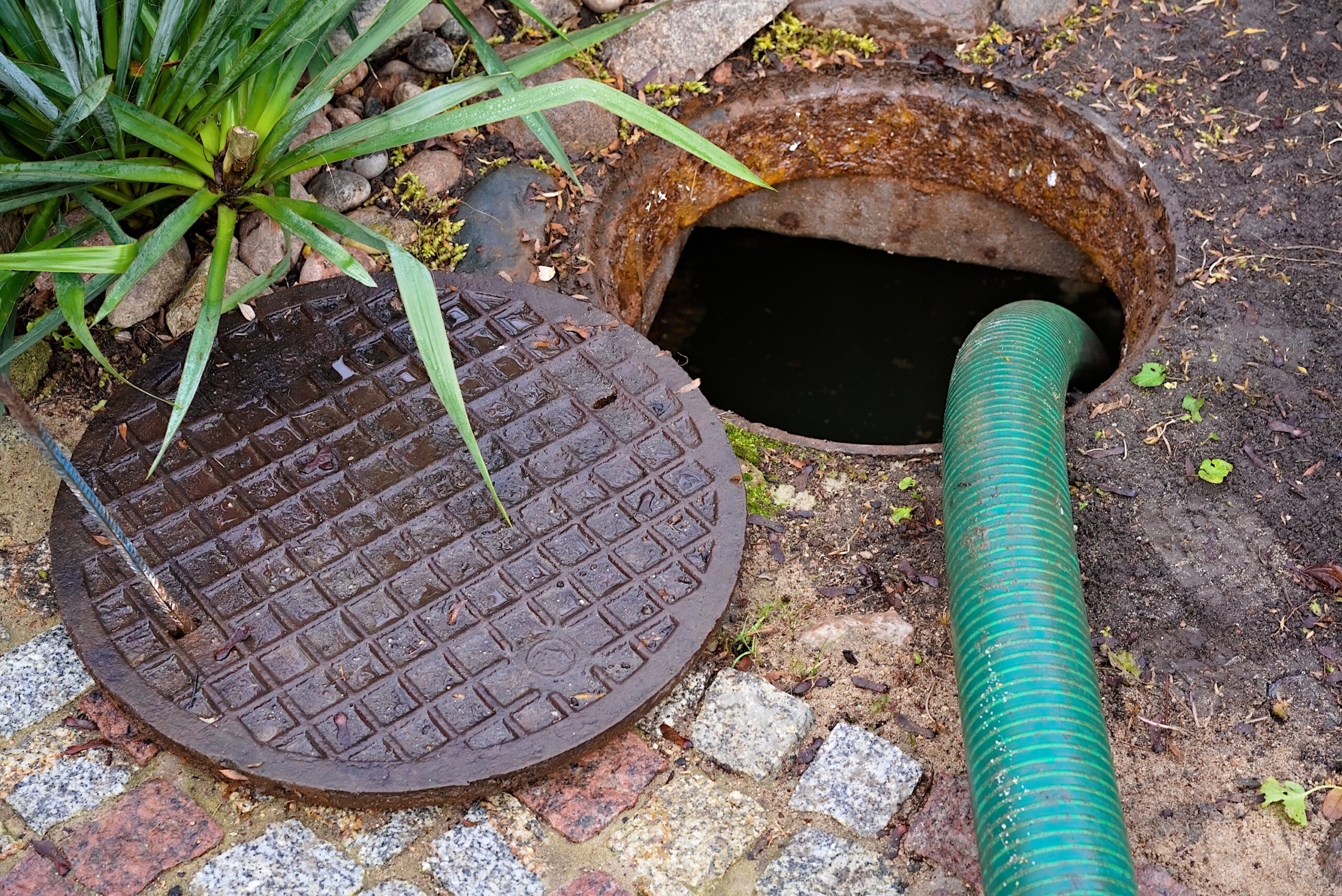Many people are stunned when they find out they have septic tank problems. They feel overwhelmed with realization that this underground asset that they do not really know that much about can not be taken for granted.
The first signs of problems may not be severe enough to portend the ominous possibility that their system may be nearing a point of total failure. Gurgling pipes, slow draining sinks and septic odor are often dismissed or rationalized as normal septic events. (In fact, these are warning signs that, if taken seriously and acted upon, can give a homeowner time to restore the system through aerobic conversion without major lifestyle changes.)
As the condition of the system progressively worsens with the progression of the biomat, more severe and invasive forms of system failure appear. Backups or sewage water collecting on the ground above the drainfield may occur, causing interruptions in the lifestyle of the homeowner. Water conservation measures are likely to be implemented, such as lengthy spaces between showers, doing laundry at a remote location and, in general, restricting the amount of water entering the system.
The first action many people take to remedy the situation is to contact their pumper and increase the frequency of pumping. Some people will have to pump their system monthly to reclaim enough volume to maintain a minimal household lifestyle. Other people resort to chemicals and additives.
After realizing these are costly and financially unsustainable band-aids to the problem, some people contact a plumber or contractor for a quotation to install a new system. This is the point where most people truly receive the shock of septic system failure. Regulations and government mandates can make new septic system costs skyrocket into the tens of thousands of dollars. There is very little wiggle room once the path to septic system replacement is chosen; the regulations are not flexible.
Other people are afraid to contact an industry professional for fear they will be turned into the regulators and be forced to put in a new system. These people usually can not afford a new system; debt payments resulting from financing the new installation are punitive and stressful. It may force the homeowner into foreclosure!
Fortunately, alternatives exist. Drainfield fracturing can provide immediate relief but for a period of time, but eventually the biomat will return and, again, apply a death grip over the drainfield. The only way to successfully salvage a failed septic system for the long term is to convert the system to an aerobic environment through a carefully controlled conversion process. The only shock anyone with a failed septic system wants to deal with is one delivered to the biomat causing the system failure.











